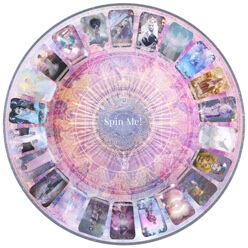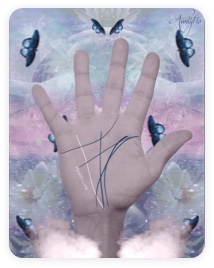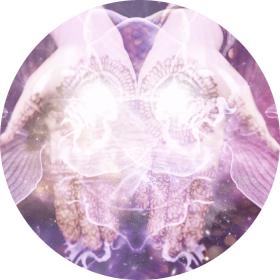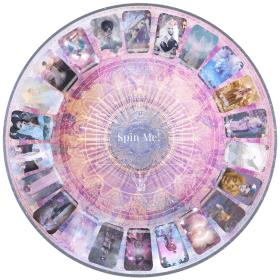Oleander

Uncover Hidden Flowers meanings
This flower was dubbed as the “desert rose.”
The Rose signifies the feminine face of god and has been considered as one of the most powerful mark of the pagan beliefs and the early Christian religion.
In Greek Myth, the Oleander is associated with charm and romance. The origin of the name was said to have come from a young man whose ardour to his Lady Love ended in a tragedy. The young man was named Leander and out of sheer determination to see his love swam the Hellespont every night.
In one dreadful night however, while trying to reach a blossom of the plant for his lady, he drowned and so the sweet tryst of the lover ended. In the morning, his precious lady longing for his love can be seen shouting and with such forlorn cried “O Leander!”, “O Leander!” in the banks until finally he found and clasp in his hands are these sweet flowers who has now become a symbol of everlasting love – Oleander!
- Name: Oleander
- Color: Pink, Red, Yellow, Coral, White
- Shape: Globular shape
- Fact: It has a Mediterranean origin between southern Europe and Asia (the southwest part of the map) hence it is resistant to lack of water.
Due to its origin in the Mediterranean region it is very resistant to drought hence all along the summer and the warm months it can thrive and create flashy blooms. Make sure that you water it at least 2 inches a week during extremely dry weather to help preserve its vitality.
Its natural enemy are the oleander caterpillars which can destroy the blooms in just two weeks.
- Poisonous: Yes, all parts of the plant are extremely toxic.
Due to its highly poisonous nature it is advisable not to grow an Oleander plant in residences with children and pets since little ones and animals have tendencies to nibble on leaves and twigs this can make them very sick. The hazardous oils that constitute the plant poisons can become airborne and my cause difficulty in breathing when inhaled so beware of burning the pruned branches of the plant.
Although poisonous, the Oleanders however is perfect as a gardening plant owed to its versatility. So in case you plan to use it for your landscape make it a point that it is strategically place further from direct contact.
- Number of Petals: Single – Five Petals, Intermediate – 2 sets of Petals, Double – 2 or more whorls of petals.
- Victorian Interpretation: In the complex language of love practiced during the time of Queen Victoria, Oleander means caution.
- Blossom Time: All year round, in some regions only during the warmer months
- Superstitions: It was said that an Oleander should never be kept in the bedroom as it will bring sickness to the room. Historical records prove that Oleander plant has healing powers; thus it was highly regarded by the Mesopotamians in the 15th century B.C. During the age of the Babylonians up to the Romans it was used as a relieved for hangovers. To the Arabs it has better worth since the plant was used for cancer medication in the 8th century A.D.
- The Shape: Mostly spherical shape.
- Petals: Most Oleander petals have a sweet scent but not all variety have a whiff in it.
- Numerology: It is considered to be a girl’s name and it holds the number 2 Destiny which implies that the course of development in once lifetime will be headed to gaining knowledge and understanding of people. An Oleander is sensitive to the feelings of other people and almost always the mediator or the peacemaker in difficult situation.
- Color: The Oleander can come in different colors and in a light to dark shade of yellow, burgundy, red, peach, pink and white.
Herbalism and Medicine:
Although the raw Oleander plant is considered to be poisonous in all levels, its extract has an opposite effect. When handled carefully, it can be a magical healing potion. Just recently it was believed to be the key ingredient added in the treatment of HIV epidemic.
By Florance Saul
Aug 21, 2012







